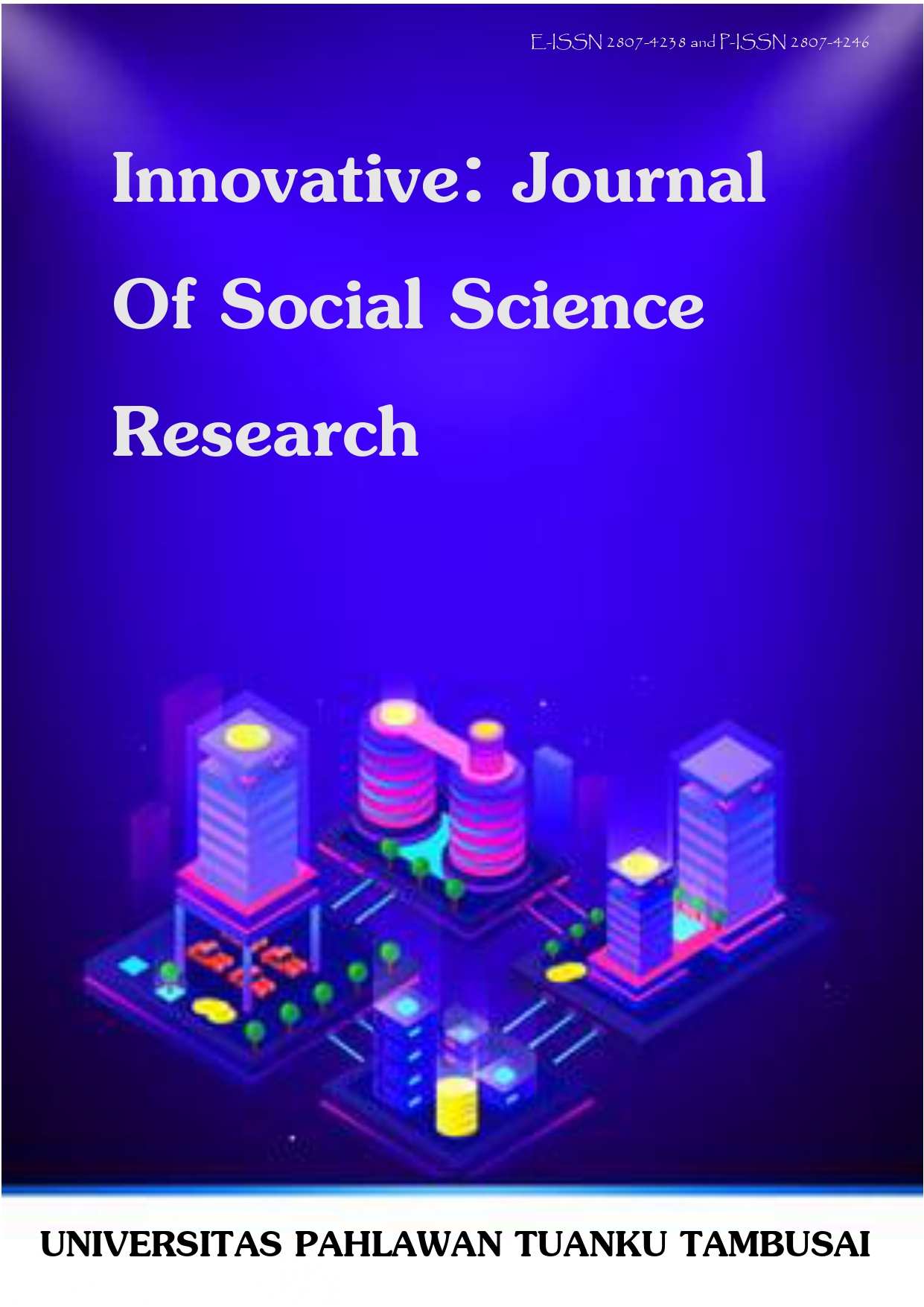Effectiveness Of Language Assessment Tests: An Observation Based On Reliability, Validity, Authenticity, Practicality, And Washback Principles In Class 7a At SMP Negeri 4 Pematangsiantar
DOI:
https://doi.org/10.31004/innovative.v5i4.20752Keywords:
English test, Language Assessment, Principle of Language AssessmentAbstract
This observation report examines the effectiveness of English test items used in Class 7A at SMP Negeri 4 Pematangsiantar. The study evaluates the tests based on key principles of language assessment, including validity, reliability, practicality, authenticity, and washback. Data were collected through direct observation during the administration of multiple-choice and essay tests, which assessed students’ skills in listening, speaking, reading, and writing. Quantitative analysis was conducted using SPSS 24 to measure the reliability and validity of the test items. Findings indicate that the multiple-choice tests demonstrated high reliability, while essay tests showed moderate consistency, suggesting a need for improved scoring rubrics. The test was found to be practical and authentic, with a positive washback effect on student motivation and learning outcomes. Recommendations are provided to enhance future test design to ensure alignment with curriculum goals and students’ real-world language use.
References
Abdurrasyid, A., & Panggabean, H. S. (2024). Steps in implementing the evaluation of Islamic Religious Education (PAI) learning. JIM: Jurnal Ilmiah Mahasiswa Pendidikan Sejarah, 9(4), 835-841.
Aeni, E. S., Wuryani, W., & Rostikawati, Y. (2019). Penerapan metode Copy The Master pada pembelajaran menulis teks argumentasi untuk meningkatkan kreativitas menulis mahasiswa. Diglosia–Jurnal Pendidikan, Kebahasaan, dan Kesusastraan Indonesia, 3(2), 50-65.
Akidah, I., & Mansyur, U. (2022). Strategi image streaming terhadap kemampuan menulis pada mahasiswa. Literasi: Jurnal Bahasa dan Sastra Indonesia serta Pembelajarannya, 6(2), 406-413.
Amalia, R. (2018). Penerapan Strategi Copy The Master Dalam Meningkatkan Keterampilan Menulis Puisi Pada Siswa Kelas VIII. A Smp Negeri 3 Labakkang Kabupaten Pangkep. Skripsi. Universitas Muhammadiyah Makassar, Hal-22.
Fitriani, N., & Rahmadewi, S. (2025). Development and Role of Measurement Tools in Educational Evaluation. JMPI: Jurnal Manajemen, Pendidikan dan Pemikiran Islam, 3(1), 78-97.
Hayati, U., Ediyani, M., Maimun, M., Anwar, K., Fauzi, M. B., & Suryati, S. (2020). Test technique as a tool for evaluation of learning outcomes. Budapest International Research and Critics Institute-Journal (BIRCI-Journal), 3(2), 1198-1205.
Marganingsih, M. (2022). Peningkatan Keterampilan Menulis Cerpen Melalui Media Teks Lagu Dengan Metode Latihan Terbimbing. Jurnal Ilmiah Bahasa dan Sastra, 6(6).
Ningrum, M., & Rabiah, S. (2022). Model Konstruktivistik Terhadap Peningkatan Kemampuan Menulis Teks Ceramah Siswa. Journal of Language and Literature, 2(2), 180-187.
Nurhayati. 2019. Apresiasi Prosa Fiksi Indonesia (Revisi). Jawa Tengah: Cakrawala Media.
Nurjannah, A., & Suhara, A. M. (2019). Analisis penggunaan bahasa daerah dalam pembelajaran menulis cerpen di kelas ix smpn 1 cipatat kabupaten bandung barat. Parole: Jurnal Pendidikan Bahasa dan Sastra Indonesia, 2(2), 255-262.
Pertiwi, S., & Kolen, K. V. (2020). Pengaruh Media Film Terhadap Keterampilan Menulis Narasi Pada Mata pelajaran Bahasa Indonesia Pada Siswa Kelas V SD 02 Pagi Cipayung. Jurnal Inovasi Pendidikan MH Thamrin, 4(1), 10-19. Pertiwi, S., & Kolen, K. V. (2020). Pengaruh Media Film Terhadap Keterampilan Menulis Narasi Pada Mata pelajaran Bahasa Indonesia Pada Siswa Kelas V SD 02 Pagi Cipayung. Jurnal Inovasi Pendidikan MH Thamrin, 4(1), 10-19.
Prasad, M. (2024). Introduction to the GRADE tool for rating certainty in evidence and recommendations. Clinical Epidemiology and Global Health, 25, 101484.
Puspita, S. M., & Syihabuddin, S. (2020). Forms of Instruments in Assesing Vocabulary Mastery. International Journal of Arabic Language Teaching, 2(02), 213-231.
Retno, R. S., Purnomo, P., Hidayat, A., & Mashfufah, A. (2025). Conceptual framework design for STEM-integrated project-based learning (PjBL-STEM) for elementary schools. Asian Education and Development Studies, 14(3), 579-604.
Wambugu, P. W., & Changeiywo, J. M. (2008). Effects of mastery learning approach on secondary school students’ physics achievement. Eurasia Journal of Mathematics, Science and Technology Education, 4(3), 293-302.
Downloads
Published
How to Cite
Issue
Section
License
Copyright (c) 2025 Dhea Natasya Sitepu, Sonya Lauri Situmeang, Ribby Violin Sembiring, Dyvia Chayani Saragih, Dumaris E. Silalahi

This work is licensed under a Creative Commons Attribution-ShareAlike 4.0 International License.













